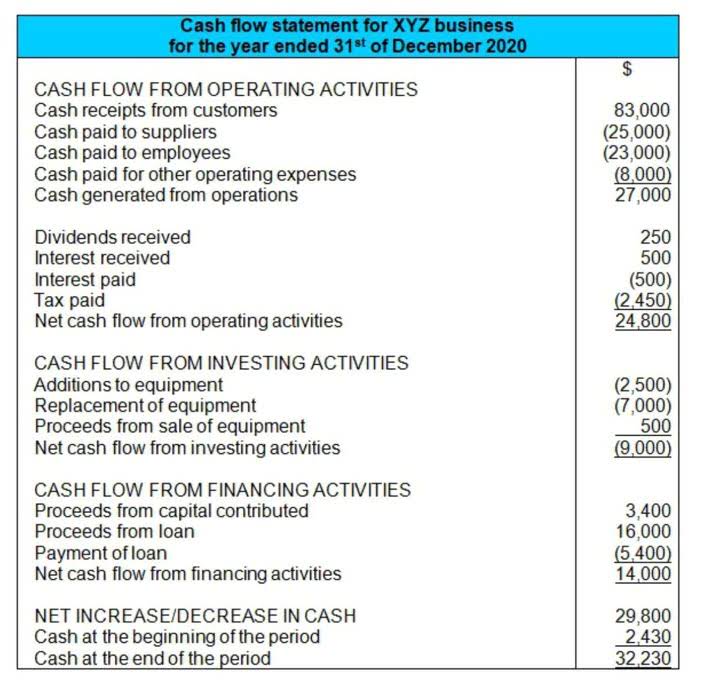
On January 1, 2020, several manufacturing companies, Company A, Company B, Company C and Company D form a joint venture to research applications of their scrap and byproducts. Each agrees to contribute $250,000 of capital to the formation of the joint venture, Joint venture XYZ (JV XYZ), for 250 shares of stock, or 25% of the voting rights. Each company determines they will account for their investment using the equity method of accounting.
Impairment loss under GAAP

Additionally, the entity adjusts their investment for received dividends, distributions, and other-than-temporary impairments. These subsequent measurements to the investment value adjust the balance of the equity investment on the investor’s balance sheet but do not affect the investor’s proportionate share of the investee. The equity method of accounting is necessary to reflect the economic reality of the investment transaction. By using the equity method the investor reflects any earnings, dividends and changes in the value of the investee as they arise in the investment account. When one company holds a significant investment in another, usually 20% or more, the investor company must use the equity method of accounting to report that investment on its income statement. This is done because holding significant shares in a company gives an investor company some degree of influence over the company’s profit, performance, and decisions.
An example of accounting for an investment using the equity method

Under the equity method the investor records their share of loss using the following journal entry. On 1 January 20X0, Entity A acquires a 25% stake in Entity equity method of accounting example B for $150m and applies the equity method. Entity B’s net assets, according to its financial statements, total $350m, approximating their fair value.
On the Radar: Equity method investments and joint ventures
It is considered an acquisition if a company buys most or all of another company’s shares (50% or more) because the investor has effectively gained control of the investment company. However, an investor company can still exert significant influence even if it owns less than 50% of the investee’s shares. Owning 20% or more of the shares in a company doesn’t automatically mean that the investor exerts significant influence.
Why Does This Matter? Is the Equity Method a Common Interview Topic?
This article expounds on the fundamental concepts of equity method accounting; its objective is to provide an accounting context and a general framework for equity method accounting. It has eschewed a detailed deliberation on tax accounting issues, but it has discussed certain tax accounting concepts that are an integral part of financial accounting. Therefore, the journal entries do not reflect deferred tax assets (DTA) or deferred tax liabilities (DTL).

Report contents
- With the equity method of accounting, the investor company reports the revenue earned by the other company on its income statement.
- If the investing company proactively creates policies with the investee, we can say that it significantly influences the investee.
- When the investee company pays a cash dividend, the value of its net assets decreases.
- Consequently, different entities have adopted varying methods (e.g., within operating income, just before the income tax charge, etc.).
- The FASB has made sweeping changes in the last two decades to the accounting for investments in consolidated subsidiaries and equity securities.
- For example, under equity accounting, profits are eliminated on intergroup transactions only to the extent of an investor’s interest.
Although the investor’s carrying amount reflects its cost, the investee reflects the underlying assets and liabilities at its own historical cost basis. Therefore, usually a difference exists between the investor’s carrying amount of an equity method investment and its proportionate share of the investee’s net assets. The share of the investee’s profits that the investor recognizes is calculated based on the investor’s ownership percentage of the investee’s common stock. When calculating its share of the investee’s profits, the investor must also eliminate intra-entity profits and losses.
- On the Radar briefly summarizes emerging issues and trends related to the accounting and financial reporting topics addressed in our Roadmaps.
- Since INV owns 40% of ASC, it is entitled to a proportionate share of these profits.
- This ~3% ownership percentage is much lower than the normal 20% required for the equity method of accounting.
- The companies each apply their ownership interest, 25%, to JV XYZ’s first year and second year losses to determine their proportionate share of losses to record in current period earnings.
- Since 2018, FASB has appeared to be moving toward a change that would allow companies that buy another business to amortize or write down goodwill impairments to zero over time.
Initial recognition
From time to time, the investee may issue cash dividends or distributions to its owners. Dividends or distributions received from the investee decrease the value of the equity investment as a portion of the asset the investor owns is no longer outstanding. If the investor has 20% or more of the voting stock of the investee, this creates a presumption https://www.bookstime.com/ that, in the absence of evidence to the contrary, the investor has the ability to exercise significant influence over the investee. Conversely, if the ownership percentage is less than 20%, there is a presumption that the investor does not have significant influence over the investee, unless it can otherwise demonstrate such ability.

During the year ended 31 December 20X1, Entity B generated net income of $10m and paid dividends of $7m. In addition, Entity A must account for the $0.25m of additional depreciation charge on the fair value adjustment on real estate when applying the equity method. This is calculated as the fair value adjustment on real estate divided by 15 years of remaining useful life, multiplied by Entity A’s 25% share (i.e., $15m/15 years x 25%). At the end of year one, XYZ Corp. reports a net income of $50,000 and pays $10,000 in dividends to its shareholders. At the time of purchase, ABC Co. records a debit of $200,000 to “Investment in XYZ Corp.” (an asset account) and a credit in the same amount to cash. The equity method is the standard technique used when one company, the investor, has a significant influence over another company, the investee.
